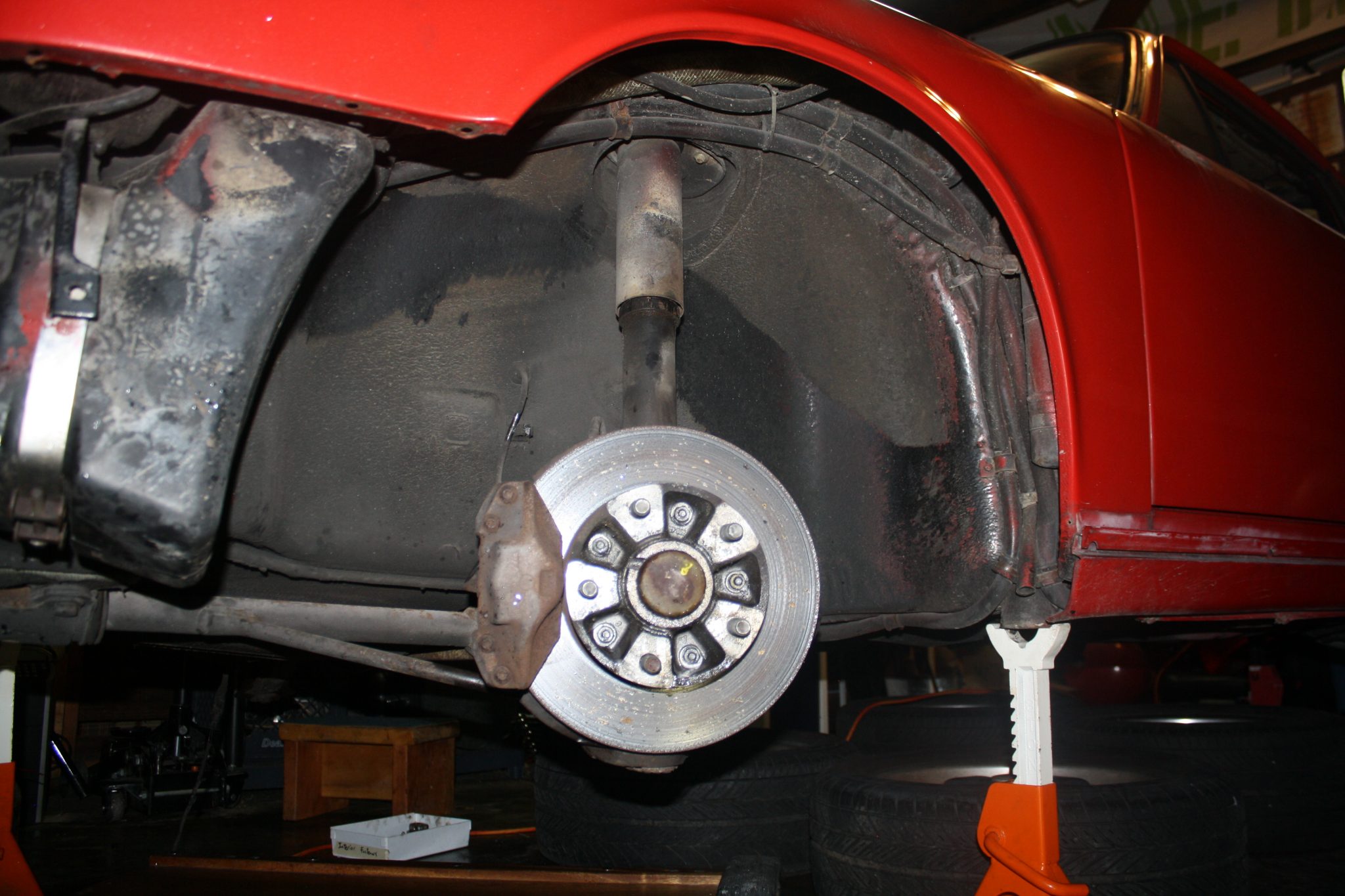When it comes to shocks and struts, there is a lot of confusion about what these terms mean and whether or not they are the same thing. In this article, we will clear up that confusion and help you determine whether or not your vehicle needs new shocks and struts. We’ll also provide some tips on when to replace them for optimal performance. So, if you own a car, truck, or SUV, read on to learn everything you need to know about shocks and struts.
What are Shocks?
Shocks are a type of suspension component that helps absorb the impact of bumps and potholes in the road. They work by controlling the up-and-down movement of your vehicle’s springs. This helps keep your vehicle’s tires in contact with the ground, which provides better traction and stability. The key components of the shock absorber include a piston, a valve, and a hydraulic fluid.
As the piston moves up and down, the fluid is forced through the valve. This resistance to movement helps control the spring’s up-and-down movement. In other words, shocks help dampen the ride of your vehicle so that you don’t feel every bump in the road. In addition, shocks also help improve the handling of your vehicle by keeping the tires in contact with the ground.
What are Struts?
On the other hand, there are also struts. Struts are a type of suspension component that is similar to shocks in that they help absorb the impact of bumps and potholes. However, struts also provide structural support for your vehicle. In other words, they help keep your car from wobbling or bouncing too much. A strut combines a variety of suspension components into a single, compact assembly. These include a coil spring, a shock absorber, and a strut mount. Coil springs are a type of spring that is coiled around an axle. The shock absorber is a type of hydraulic piston that is used to control the up-and-down movement of your vehicle’s springs. The strut mount is what attaches the strut to your vehicle. It also helps keep noise and vibration to a minimum. In addition, struts provide support for your vehicle’s steering system.
Does Your Vehicle Need New Shocks or Struts?
Now that we’ve discussed what shocks and struts are, you’re probably wondering whether or not your vehicle needs new ones. The answer to this question depends on a variety of factors, such as the make and model of your vehicle, how often you drive, and the condition of the roads you typically drive on.
In general, though, there are some obvious visual signs that indicate that your vehicle’s shocks or struts need to be replaced. These include a bouncy ride, sagging springs, leaking fluid, and noise. If you notice any of these signs, it’s important to take your car to a mechanic as soon as possible so they can check it out and determine whether or not you need new parts. Luckily, you can find fully assembled and ready to install shocks and struts online. Just be sure to enter your vehicle’s make, model, and year so you can find the right parts for your car.
When Should You Replace Your Shocks or Struts?
As a general rule of thumb, it’s a good idea to replace your shocks and struts every 50,000 miles. However, this number will vary depending on the make and model of your vehicle. Be sure to check your owner’s manual for specific recommendations or ask your mechanic.
It’s also important to keep in mind that if you drive on rough roads or frequently go off-roading, you may need to replace your shocks and struts more often. This is because they will likely experience more wear and tear than if you drove on smooth roads all the time.
Does Every Vehicle Have Shocks or Struts?
No, not every vehicle has shocks or struts. In fact, many newer vehicles have what’s known as an active suspension system. This type of system uses sensors to detect bumps in the road and then adjust the suspension accordingly. However, this doesn’t mean that your car doesn’t have any shocks or struts. Even if your car has an active suspension system, it will still have at least one shock absorber. To check whether or not your car has shocks or struts, simply take a look at the suspension. If you see a coil spring, then your car has shocks or struts.
If you have any questions about shocks or struts, be sure to ask a mechanic. They will be able to help you figure out whether or not your car needs new parts and, if so, which ones. They can also recommend a reputable place to buy them. With a little bit of research and the help of a professional, you’ll be able to keep your car’s suspension in tip-top shape.


